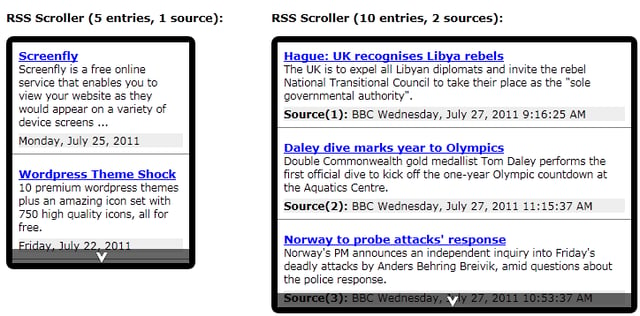The W3C laid out the XHTML path by releasing the XHTML 1.0
(Extensible HTML) specs on January 26, 2000 with full support of
all of HTML 4.0 features as well as compatibility with XML for
future development. You may think of XHTML as the transition
from XML (how the data is to be defined) to HTML (how the data
will be displayed). For more information about XML, I highly
recommend Michael Classen’s XML articles on WebReference.
webreference.com/xml/ – Xploring XML on WebReference.com
The main difference between HTML and XHTML is the structure of
XHTML. XHTML is a more formalized structure of HTML 4.0 supporting
all HTML 4.0 features with complete CSS and DOM support. The
formalized style of XHTML coding allows ease of maintenance and
future additions to any XHTML Web page or site. Loose and
unstructured elements are not allowed in XHTML. For example, in
XHTML you must use lower case tags for all HTML attributes and
elements:
<p> correct form
<P> – incorrect form
Another example of structured XHTML is unclosed elements. All
XHTML elements must be closed out to produce a well-formed
document. Well-formed (a term carried over from XML) simply means
that all elements are nested and closed properly and follow strict
guidelines in XML and XHTML. A good example is the paragraph
element:
<p>your paragraph</p> – correct form
<p>your paragraph – incorrect form missing closing element.
JavaScript and CSS are not allowed in XHTML documents. The
XML parser will report a error if the XHTML page contains internal
CSS or JavaScript coding. Any CSS or JavaScript can be accessed
through a external file. Relocate the CSS and/or JavaScript
to a separate file and cross link the XHTML page to it. Web page
developers will find this actually helps to modularize the
components of a Web site. Anytime you need to access CSS or
JavaScript, simply link to the appropriate file from your XHTML
code. Most developers find this style of Web site design to be
easier to maintain and modify. Modularization of XHTML is one of
the future features currently under review by W3C. For further
information and specifications about XHTML 1.0, please refer to
the following XHTML web sites:
webreference.com/xml/column6/ – XHTML vs HTML
www.w3.org/TR/xhtml1/ – XHTML 1.0 specifications
www.w3.org/TR/xhtml11/ – XHTML specifications under review
Now is the time to double check your HTML editor. Most current
HTML editors have support for XHTML. Be sure to get the latest
updates and version of your HTML editor. If your editor does
support XHTML, then be certain to review all documentation and
suggestions on the XHTML functions. Practice converting your Web
pages from HTML to XHTML. Be sure to check your XHTML by
submitting your Web page to the W3C XHTML Validator.
(validator.w3.org) The validator will verify that your
Web page follows all XHTML guidelines and will parse correctly.



